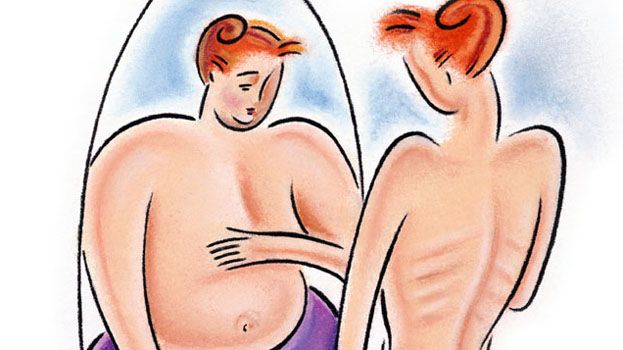Publication
Article
Surgical Rounds®
Performing Rhinoplasty on Body Dysmorphic Disorder Patients
Author(s):
During the limited period in which the cosmetic surgeon consults with a body dysmorphic disorder (BDD) patient before rhinoplasty, several factors must be assessed and discussed.

The amount of cosmetic operations has dramatically increased in the 21st century, with a 162% rise in the US since 1997. In 2009 alone, more than 1.3 million cosmetic procedures were performed — an increase driven by the awareness of various methods to “improve” appearance. Chief among these procedures is rhinoplasty.
Since it is primarily aesthetic rather than functional, rhinoplasty is unique among surgical operations. As such, it raises moral, philosophical, and social questions. Before rhinoplasty, the surgeon must examine patient’s motivation for undergoing the surgery, as well as their psychological condition.
Body dysmorphic disorder (BDD) is a relatively common obsessive-compulsive disorder defined by a patient’s constant and impairing preoccupation with imagined or slight defects in his or her physical appearance. It is associated with poor quality of life, extremely high rates of suicide, and high rates of dissatisfaction after cosmetic surgery that may present as aggressiveness.
While 80% of plastic surgeons in the United States report that they would not operate on a patient with BDD, 84% report that they had unwillingly operated on one, and just as many have operated on patients whom they later realized had BDD and believed that the patient had a poor operative outcome as a result of their condition. This is particularly true for rhinoplasty patients, as they have been noted to have a high rate of BBD, according to several studies.
During the limited period in which the cosmetic surgeon consults with a patient before rhinoplasty, several factors must be assessed and discussed. These include real or perceived nasal defects, the patient’s view of what is “abnormal” and how it can be improved, a realistic explanation of what rhinoplasty can accomplish, and the patient’s motivations, inner stability, and overall psychological profile. Though not all cosmetic surgery patients have psychological issues, a disproportionately large number of patients who do have those problems tend to undergo cosmetic surgery.
A number of methods have been proposed to better assess patients requesting rhinoplasty for body dysmorphia, including surveys that have proven effective in categorizing patients and their mental state. For example, a new review published in the November 2013 issue of the European Archives of Oto-Rhino-Laryngology recommends the use of psychological treatment and antidepressants over surgical options and referrals to doctors who are more willing to fulfill surgical requests.





